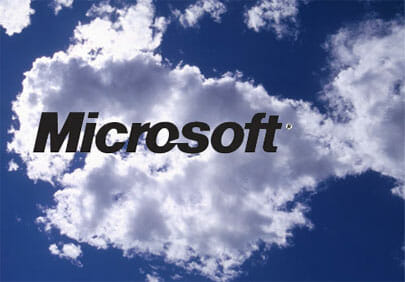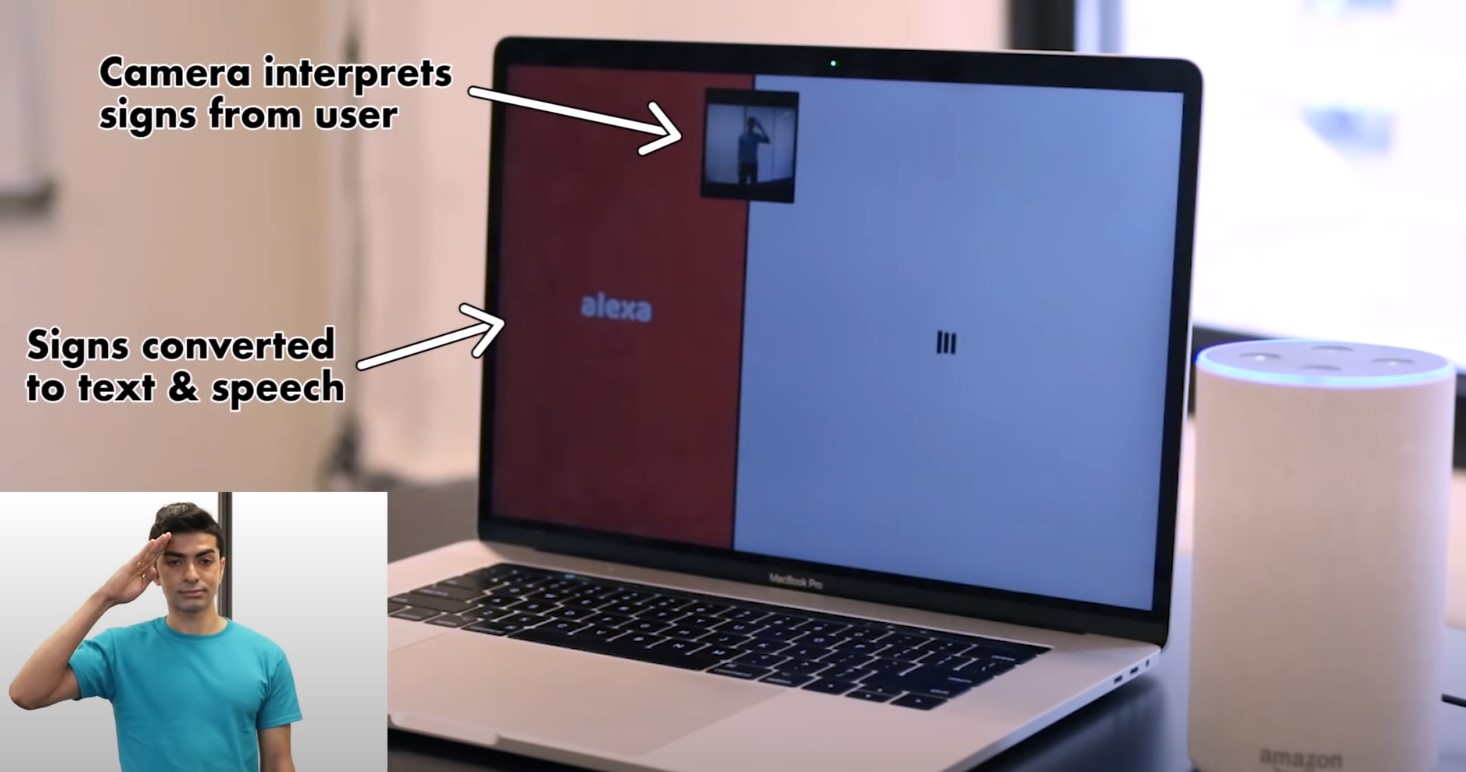Microsoft Malaysia recently announced the general availability of Windows Server 2012, its latest server operating system that was built ground up to be a cloud-based OS, offering customers a modern platform for today’s ever-changing, demanding requirements.
Windows Server 2012 is a significant progression from the previous version of Windows Server, introducing more than 200 new features with significant new advancements in virtualisation, storage, networking and automation. It is the biggest change yet since Windows Server 2003 with regards to maturity, functionality and maintainability.

[quote]“Cloud computing is driving a massive transformation in the IT industry, giving customers the opportunity to move faster, innovate for their businesses with more focus, and to reduce costs,” said Danny Ong, Chief Marketing & Operations Officer, Microsoft Malaysia. [/quote]
In a blog posted by Forrester’s Richard Fichera titled, ‘Microsoft Announces Windows Server 2012′ (http://aka.ms/ForresterWS2012), he said: “There is no doubt that this is the most significant jump in operating system capabilities since Microsoft first introduced Windows as a server operating system.”
Windows Server 2012 competes head-on with VMWare in the areas of data centre virtualisation. With Hyper-V, Microsoft’s hypervisor component and Windows Azure, Microsoft’s public cloud infrastructure, these two key elements put Microsoft in good stead.
The Windows Server 2012 product line-up has been streamlined and simplified, making it easier for customers to choose the edition that fits their needs.
- Datacenter edition for highly-virtualised private cloud environments.
- Standard edition for non-virtualised or lightly virtualised environments.
- Essentials edition for small businesses with up to 25 users running on servers with up to two processors.
- Foundation edition for small businesses with up to 15 users running on single processor servers.
The packaging and licensing structure for Windows Server 2012 Datacenter edition and Windows Server 2012 Standard edition has also been updated to simplify purchasing and reduce management requirements.
- Two editions differentiated only by virtualisation rights – two virtual instances for Standard edition and unlimited virtual instances for Datacenter edition.
- A consistent processor-based licensing model that covers up to two physical processors on a server.
To learn more about Windows Server 2012 and the Cloud OS is available at http://www.windows-server-launch.com/Home.
[spoiler title=”Read official press release”]
FOR IMMEDIATE RELEASE
Windows Server 2012 Powers the Cloud OS
New server is built from the cloud up for the modern datacenter
KUALA LUMPUR, 27 September 2012 — Microsoft Malaysia announced today the general availability of Windows Server 2012, with the company describing how the latest version of the server operating system is a cornerstone of the Cloud OS that provides customers with a modern platform for the world’s applications.
Microsoft built Windows Server 2012 from the cloud up, applying its experience operating global datacenters that rely on hundreds of thousands of servers to deliver more than 200 cloud services. Windows Server 2012 also expands the definition of a server operating system, with significant new advancements in virtualization, storage, networking and automation. Hundreds of new features can help customers achieve a transformational leap in the speed, scale and power of their datacenters and applications.
“Cloud computing is driving a massive transformation in the IT industry, giving customers the opportunity to move faster, innovate for their businesses with more focus, and to reduce costs,” said Danny Ong, Chief Marketing & Operations Officer, Microsoft Malaysia.
“The operating system has always been the heartbeat of IT and is now undergoing a renaissance in the new world of continuous cloud services, connected devices and big data. Microsoft’s unique legacy in the most widely used operating systems, applications and cloud services positions us to deliver the Cloud OS — based on Windows Server and Windows Azure — that can help customers achieve a datacenter without boundaries,” added Ong.
In a blog posted by Forrester’s Richard Fichera titled, Microsoft Announces Windows Server 2012 (http://aka.ms/ForresterWS2012), he said: “There is no doubt that this is the most significant jump in operating system capabilities since Microsoft first introduced Windows as a server operating system.”
Fichera also added that, “For users contemplating a major new cloud or virtualization project or initiative, Windows Server 2012 should be the platform of choice, and any preconceived notions about Microsoft versus VMware for the virtualization layer need to be re-examined.”
Customers Find Success with Windows Server 2012
Unilever, one of the world’s largest consumer goods company, has aggressive plans to double in size within the next 10 years but did not want IT costs – including the environmental cost of data center power consumption – to double as well. To ensure that its IT organization could support this growth, Unilever switched from VMware to Hyper-V technology in Windows Server 2008 R2 to virtualize its server holdings. It then used Hyper-V and Microsoft System Center 2012 to build a private cloud environment.
“With a Microsoft private cloud infrastructure, we can provide IT at a lower cost and provide IT capacity faster. In short, we can react faster, which helps the business react faster,” said Mike Royle, Director of Enterprise Computing, Unilever.
“Windows Server 2012 is the biggest change yet since Windows Server 2003 with regards to maturity, functionality and maintainability. We’re very excited about it,” added Royle.
Customers can use their existing skills and investments in systems management, application development, database, identity and virtualization to take advantage of Windows Server 2012 and realize the promise of cloud computing. Many enterprise customers are already seeing tremendous value in early deployments. A survey of 70 early adopter customers from across the globe revealed that they expect, on average, 52 percent reduction in downtime, 41 percent reduction in workload deployment time, and 15 hours of productivity time saved per year, per employee. 91 percent of the companies surveyed expect a reduction in server administration labor, and 88 percent expect reduction in network administration labor.*
About Windows Server 2012
When it comes to building a private cloud, offering cloud services, or connecting more securely to clouds, the message is clear: Your organization wants a consistent, integrated approach that helps you solve fundamental business and IT challenges. You also want assurance that a growing set of devices can take advantage of new applications and services that can be deployed on-premises and in public cloud environments. Using Windows Server 2012 to cloud optimize your IT provides an optimal solution to meet these unique needs. More information about Windows Server 2012 and the Cloud OS is available at .
[/spoiler]
[ad#Google Adsense 336×280]









